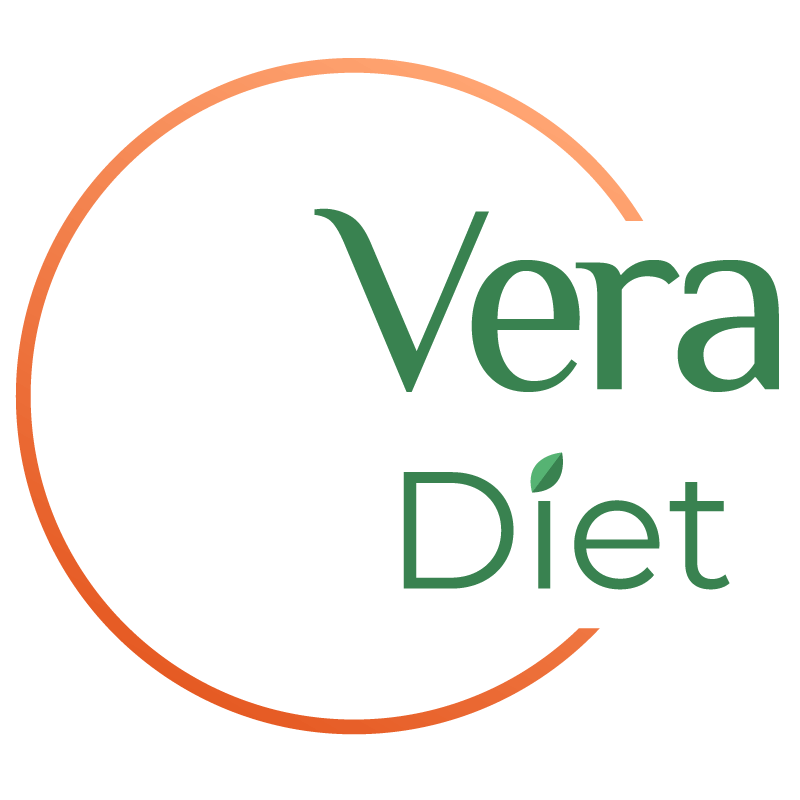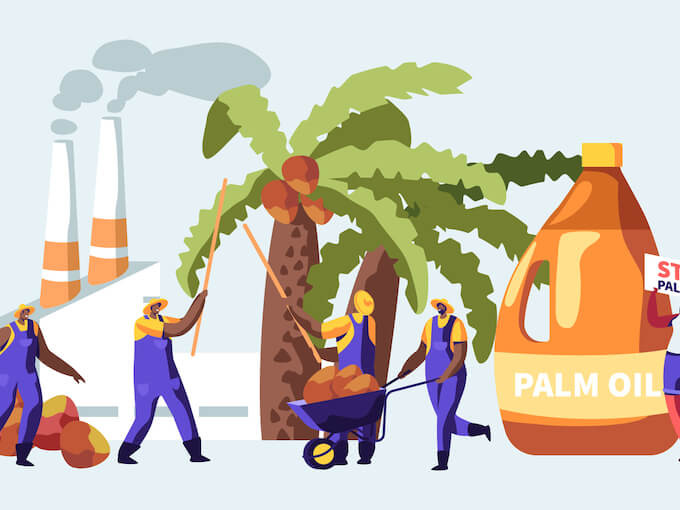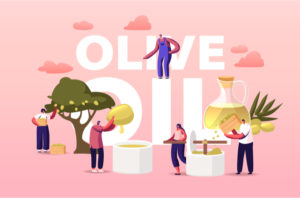You must’ve heard that palm oil is evil, that it contributes to massive deforestation, killing thousands of innocent orangutans. You could’ve also heard that it’s bad for your health and that a century ago noone heard about it so it’s not natural to our bodies. There are many myths around palm oil, so let’s see what’s actually wrong with palm oil.
What is palm oil?
Palm oil is an oil extracted from pulp of the fruit of oil palms. There are two species of oil palms: South American oil palm and African oil palm that dates thousands of years back. Today the two main cultivators of oil palm are Malaysia and Indonesia but a few other countries also grow oil palms in Southeast Asia, tropical Africa and South America. Raw palm oil is red because it’s rich in carotenoids (like carrots) and it’s used in some traditional African and Asian cuisines. But you might have heard of it because western industrial products are made with refined palm oil which loses its carotenoids and its bright color.
Why has it become so popular?
Firstly, it’s cheaper to make. An oil palm plantation provides up to ten times more yield than any other oil crop plantation of the same size. Which actually makes it more sustainable.
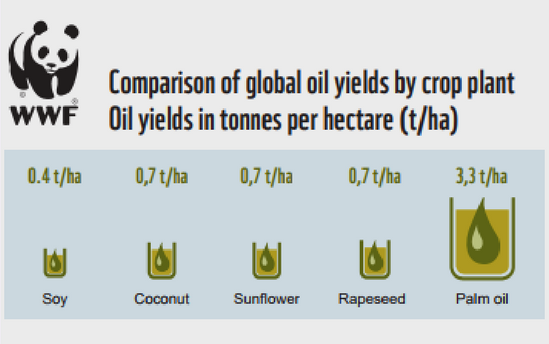
It has some other convenient characteristics. For instance, palm oil is semi-solid at room temperature giving products a creamy texture. It also has no smell or color which is perfect for any type of use. On top of that, palm oil has a high smoke point and is resistant to oxidation. So it has a longer shelf-life. Sounds like a good product not only for a producer but for a consumer, doesn’t it? (1)
Is it really everywhere?
Well…almost 🙂 Most cookies, pastry, frozen pizza, margarine and pre-made meals contain palm oil. Well pretty much any industrial product can contain palm oil including infant formula. It’s also widely used in cosmetics and in hygiene products like soap and toothpaste.
Nutrition and health impact
Palm oil is mostly composed of saturated palmitic fatty acid (around 50%) which allows it to stay semi-solid, roughly ⅓ is monounsaturated (oleic like in olive oil) fatty acid and the rest is omega 6. So, the nutritional value of palm oil is actually closer to the one of butter than to other vegetable oils. Due to its high saturated fat content I have to say it is not an ideal fat source. But here is an important thing: it is contained in MANUFACTURED products. By cooking regularly and using a different cooking oil like olive oil, you reduce the amount of saturated fat intake. There is no evidence that palm oil causes cardiovascular diseases as a part of a balanced diet (2, 3).
Palm oil and the environment: what’s wrong
I’d like to draw a clear line between certified sustainable palm oil and uncertified palm oil. It’s important to understand that sustainable palm oil actually doesn’t harm the environment, doesn’t contribute to deforestation and actually helps create working places with fair conditions to the local community. How do we know if palm oil is sustainable? Well there is an international organization that established the criteria for sustainable palm oil production and it is RSPO (Roundtable on Sustainable Palm Oil). Any palm oil producer or manufacturer using palm oil can become a certified member if they meet these criteria. At the moment, only 19% of all palm oil is certified by RSPO. The requirements among others include environmental responsibility, conservation of biodiversity, respect for human rights and traceability(4).
WWF recently released its 2020 Palm Oil Buyers’ Scorecard where it made a ranking of companies that use palm oil in their products taking into account RSPO standards and even stricter transparency, traceability and environmental commitment. Guess who got ranked number one? You might be surprised! Well, I was. It’s Ferrero. So, did you know that Nutella actually doesn’t contribute to killing orangutans? And the whole #NutellaGate was debunked by Greenpeace. Ferrero has been a RSPO member since 2005. My goal here is not to protect Nutella but to explain that there are two different types of palm oil: sustainable and not. Indeed, unsustainable palm plantations cause massive deforestation, greenhouse emissions, endanger and kill multiple species like orangutans and tigers, so this palm oil is a problem.
How can I recognise sustainable palm oil?
RSPO has a logo, so certified companies can put it on their packaging. The thing is that it’s not obligatory. Many companies like Ferrero don’t use it. Although, I contacted Nutella and they said that new packaging is coming out soon. In any case, if you want to be sure you buy a product with sustainable palm oil, you can search for a brand on the RSPO website (link: https://rspo.org/certification/search-for-supply-chain-certificate-holders ) or check an app called Palm oil. All the companies mentioned on this app are certified by RSPO, so if you see that a product comes out red, no worries it’s still better than uncertified.
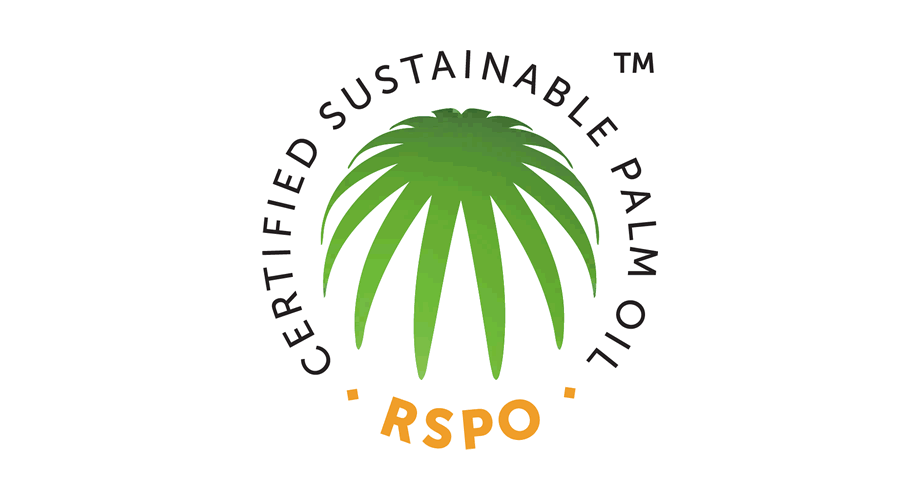
Practically speaking
I suggest that you read food labels, make sure that your palm oil comes from sustainable sources and is not hydrogenated. Also I don’t recommend consuming palm oil every day. And it’s easy to do by not consuming manufactured meals and snacks every day. But it is OK to have a Nutella sandwich once in a while. No, it won’t make you a bad human and the amount of oil and sugar won’t do your body harm. Just don’t forget to enjoy it!
